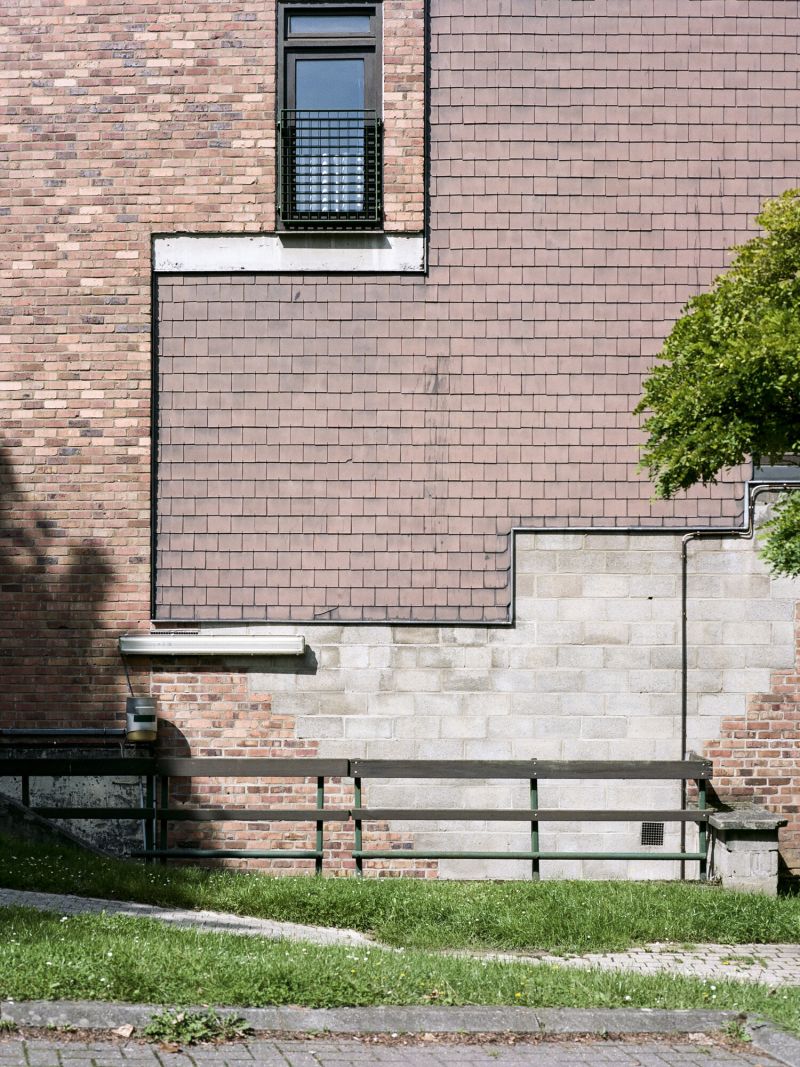#materiality2024
The materiality of our cities is the result of the implementation and use of materials that have been transformed and adapted to create the most comfortable and pleasant living environment possible.
Paying attention to the city’s materiality, its materials and their environment means studying, analysing and becoming aware of their presence, characteristics and history, their often multiple meanings, including the social and cultural meanings, and their potential for diversified and improved use in the future. The concept of materiality refers to the fact that urban objects consist of materials that are implemented and that subsist. It takes into account all the technical, cultural and social processes that underlie their creation and material perception.
In the face of today’s societal challenges, which are particularly strained by the urgency of the current climatic, health and socio-economic crises, awareness of the city’s materiality is revealing the resources of the urban fabric, which are showing unsuspected or forgotten resilience.
An important question at the heart of the debate on the city of the future is how can we re-use existing resources to meet the needs of today and to ensure that the city develops in a sustainable way. How can we ensure the resilience of the societies of tomorrow against a backdrop of resources’ depletion with a growing need for sobriety and frugality?
Through its 2024 cultural programme, Urban invites you to reflect on this theme, which is as vital as it is complex.
For a long time, heritage and architecture have been opposites, as have urban planning and landscape, but today, we are seeing reconciliations that are renewing these concepts. Consequently, the notion of heritage is defined as a passing of the baton between two eras, and not as nostalgia for a material culture that has disappeared. This modern materiality combines innovation and heritage in a straightforward way, developing new production and implementation processes based on the existing buildings.
